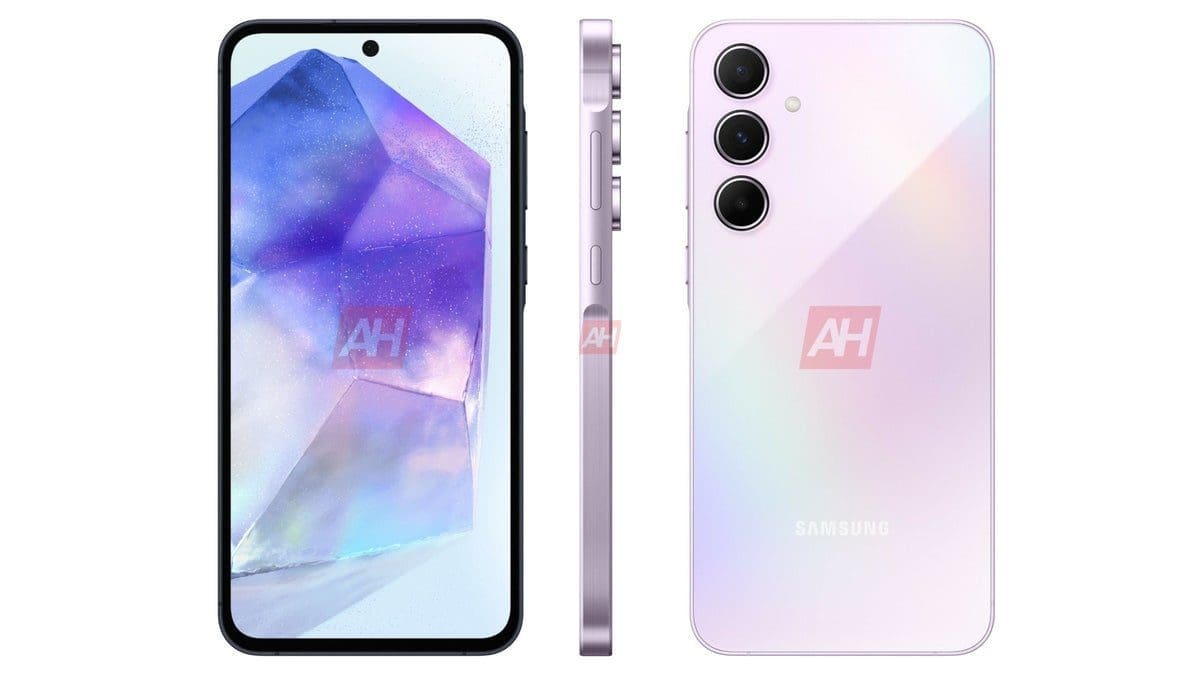Excitement is building around the upcoming Android 15, rumored to feature satellite connectivity that will revolutionize our smartphone experience. The new OS promises location updates every 15 minutes, up to five times a day, making it ideal for off-the-grid adventures where traditional cellular service is limited.
The buzz around this groundbreaking addition may reach its peak at Google I/O on May 14, where Android’s new satellite-based features could be unveiled. Alternatively, the big reveal might coincide with the launch of the Pixel 9 series in October, offering a fitting platform to showcase any special hardware requirements.
As we eagerly anticipate these innovative satellite features, it’s worth pondering why they aren’t already standard on all smartphones. Let’s delve into the evolution of satellite communication and explore what has hindered manufacturers from embracing this technology fully.
### From Sputnik to Smartphones
While satellite communication isn’t a recent concept, its journey from the days of Sputnik to our modern smartphones has been quite remarkable. Early applications were limited by bulky equipment and high costs, primarily used by the military and for specialized commercial broadcasts like live television events.
In the ’90s, Motorola introduced Iridium, a global satellite communications system that paved the way for portable satellite phones. Despite being a game-changer for professionals and travelers seeking connectivity in remote areas, mainstream adoption remained limited until recent years.
### Satellite Features in Modern Smartphones
In 2022, Apple took a significant step towards popularizing satellite connectivity with its iPhone 14 series, enabling users to send SOS messages even when out of cellular range. This move set the stage for other manufacturers like Huawei to incorporate satellite call support in devices such as the Mate 60 Pro.
The increasing trend of integrating satellite features into smartphones reflects a growing demand for broader connectivity options. Google’s plans to introduce satellite capabilities in Android 15 and Google Maps align with industry efforts to expand coverage through initiatives like SpaceX’s satellite constellations.
### Challenges Hindering Standardization
Despite advancements in technology, several factors have impeded the widespread adoption of satellite connectivity in smartphones:
– **Hardware Differences**: Integrating satellite components adds cost and bulk to devices designed for conventional cellular networks.
– **Limited Use Cases**: For many urban users with reliable cell coverage, satellite features may offer little practical benefit compared to their cost.
– **Lack of Industry Interest**: While some companies have explored basic satellite capabilities, broader adoption has been hindered by concerns over market demand and technological compatibility.
### The Future of Satellite Connectivity
Despite these challenges, the potential benefits of enhanced global connectivity and safety measures in remote areas suggest a promising future for satellite features in smartphones. As technology evolves and consumer needs evolve, we may see more practical applications emerge beyond individual location updates or emergency services.
With rumors swirling about Android 15 embracing satellite connectivity, it’s only a matter of time before these futuristic features become commonplace. The convenience of sharing locations or staying connected without relying solely on traditional networks offers peace of mind in an increasingly connected world.
As we look forward to a future where backup satellite connections complement our existing network options, it’s clear that innovation knows no bounds. Stay tuned for more updates on how satellites are reshaping our smartphone experience – we’re definitely excited!








